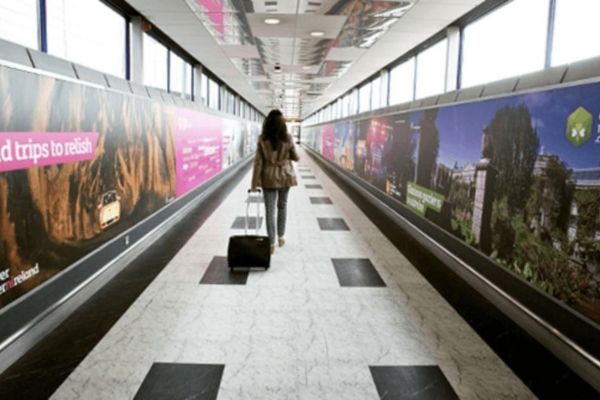- Blogs
- Influencer marketing
- Contact Us
- About Us
- News & Media
- FAQs
Dynamic Digital Billboards Take Over Major Cities: A Game-Changer in Advertising
The advertising world is witnessing a revolution with the rise of dynamic digital billboards. These high-tech displays, capable of streaming videos, changing content in real-time, and even interacting with viewers, are becoming increasingly popular in major cities worldwide. As traditional static billboards fade into the background, dynamic digital billboards are proving to be a game-changer, offering unparalleled flexibility, engagement, and impact.
abhishek 🕑 07/10/25 26

Dynamic digital billboards have emerged as the latest trend in outdoor advertising, replacing the once-dominant static billboards. These high-resolution LED displays offer a dynamic platform for brands to showcase their products and services in a more engaging and innovative way. The ability to stream videos, display animations, and change content in real-time has made dynamic digital billboards a popular choice among advertisers. Their rise is evident in major cities like New York, Los Angeles, London, and Tokyo, where they are becoming a common sight on billboards, transit shelters, and even on the sides of buildings.
Real-Time Content Updates
One of the most significant advantages of dynamic digital billboards is the ability to update content in real-time. This feature allows advertisers to respond quickly to current events, trends, or even weather conditions. For instance, a beverage company could display a refreshing drink ad during a heatwave, while a retailer could promote an umbrella sale when it starts raining. This real-time adaptability ensures that the ads remain relevant and engaging, maximising their impact on viewers.
Enhanced Engagement through Interactivity
Dynamic digital billboards are not just about displaying moving images; they also offer interactive features that can significantly enhance engagement. Some billboards are equipped with motion sensors that can detect passersby and trigger animations or messages. Others use facial recognition technology to display personalised content based on the viewer's age or gender. These interactive elements make the ads more captivating and memorable, increasing the likelihood of viewer retention and conversion.
Data-Driven Decision Making
The digital nature of these billboards also enables advertisers to collect valuable data on viewer interactions. This data can provide insights into the effectiveness of different ad creatives, the best times to display certain ads, and the demographics of viewers. By analysing this data, advertisers can make informed decisions about their advertising strategies, optimising their campaigns for maximum impact. This data-driven approach is a significant departure from traditional billboard advertising, where measuring effectiveness was often a guessing game.
Environmental Considerations and Future Trends
Despite their many benefits, dynamic digital billboards also raise concerns about energy consumption and light pollution. However, advancements in LED technology and sustainable practices are helping to mitigate these issues. Many digital billboards now use energy-efficient LED lights and solar power, reducing their environmental impact. Looking ahead, the future of dynamic digital billboards is likely to see further integration with technology, such as augmented reality and artificial intelligence, creating even more immersive and personalised advertising experiences. As these technologies evolve, dynamic digital billboards will continue to transform the advertising landscape, offering brands new and exciting ways to connect with their audiences.



